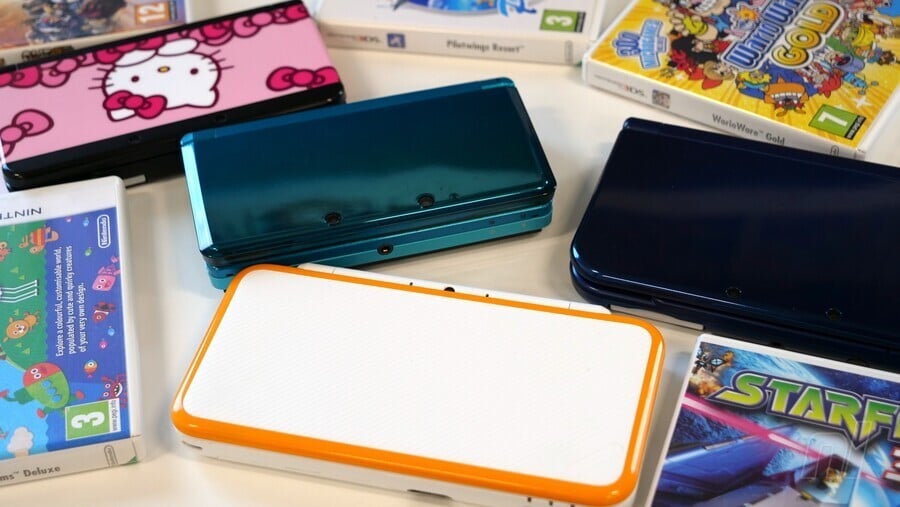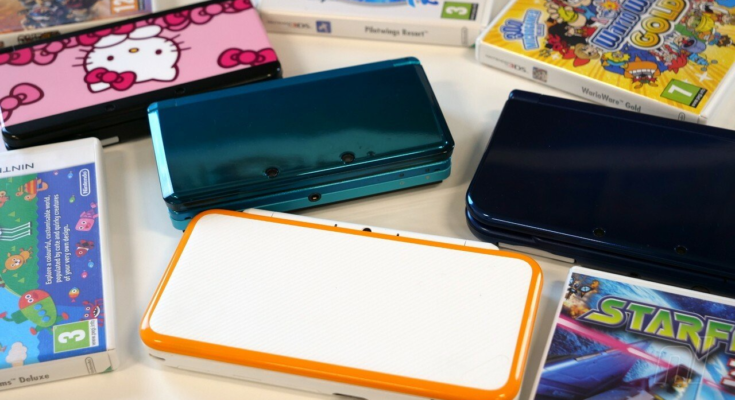

When the 3DS launched it had a tough task as the successor to DS, a portable family of systems that had become Nintendo’s greatest success story. Though the 3DS (and 2DS) range of systems couldn’t hit those heights, by the end of its run it had been a reasonable success with 75.94 million hardware units shipped.
If you cast your mind back to its launch, however, it could have been very different. After a strong initial month as eager fans snapped up systems, sales of the original 3DS dramatically collapsed. As Reggie Fils-Aimé explains in his book, Disrupting the Game, From the Bronx to the Top of Nintendo, this put the company under huge pressure. In some territories, it’s explained that Nintendo was hit with requests to take back swathes of inventory that couldn’t be sold, a process that would have been disastrous at the time. It was this, in part, that led to the extraordinary price-drop within months of the system’s launch.
In the lead-up to the release of the 3DS, Fils-Aimé recalls that he repeatedly pushed for a launch price of $199.99, instead of $249.99, due to the limited launch line-up of games and market conditions. This was rebuffed, with one reason being the relatively high manufacturing costs at that time for the system. A middle-ground price was offered, but Fils-Aimé continued to push for the $200 mark, explaining that it was a reaction to retail practices in the West.
Retail margins on hardware are typically slim – around 4 percent. So even if we were to suggest $219 or $229, retailers instead were likely to price at $249 on their own and take a higher margin. This would create a missed opportunity to maximise our profitability and potential future problems as retailers would never want to revisit a 4 percent margin on next-generation Nintendo hardware.
Fils-Aimé goes on to explain that, when the plans were eventually made clear to slash the price to $169 in the US, he advocated a loyalty reward for early customers – this would take the form of the Ambassador Program, which gave early adopters 10 NES and 10 GBA games on their system.
It became a prompt for Fils-Aimé to double his efforts to more closely share Western perspectives with the decision-makers in Kyoto, encouraging a Western executive presence in NCL that was eventually implemented by Tatsumi Kimishima, who succeeded Satoru Iwata as company CEO. Though the 3DS launch price was a decision that Fils-Aimé and Iwata-san never aligned on, the price cut was a move that he regarded as a good example of how to respond to a tough situation.
The entire experience reinforced for me the need to move decisively when face with an issue or an opportunity. With 3DS, we did not let the poor sales performance linger. We moved quickly to create a plan and implemented it with excellence.
The episode also reinforced the need to consider fully the needs of your best and longest-term customers. By implemented the Ambassador’s Program, we kept our strongest fans engaged with Nintendo 3DS even when the price of the hardware was cut dramatically. They remained advocates for the system and used social media to post positive comments about the digital games we provided as rewards for their loyalty.
The drastic move to salvage the 3DS market wasn’t quite replicated for the Wii U, unfortunately, though there was a modest price cut of $50 at one point for the home console. As had been the case for multiple generations, the handheld market helped to hold up an under-performing home console for Nintendo.
Be sure to share your memories of the 3DS launch, and that dramatic price but, in the comments below.
Further Reading:



